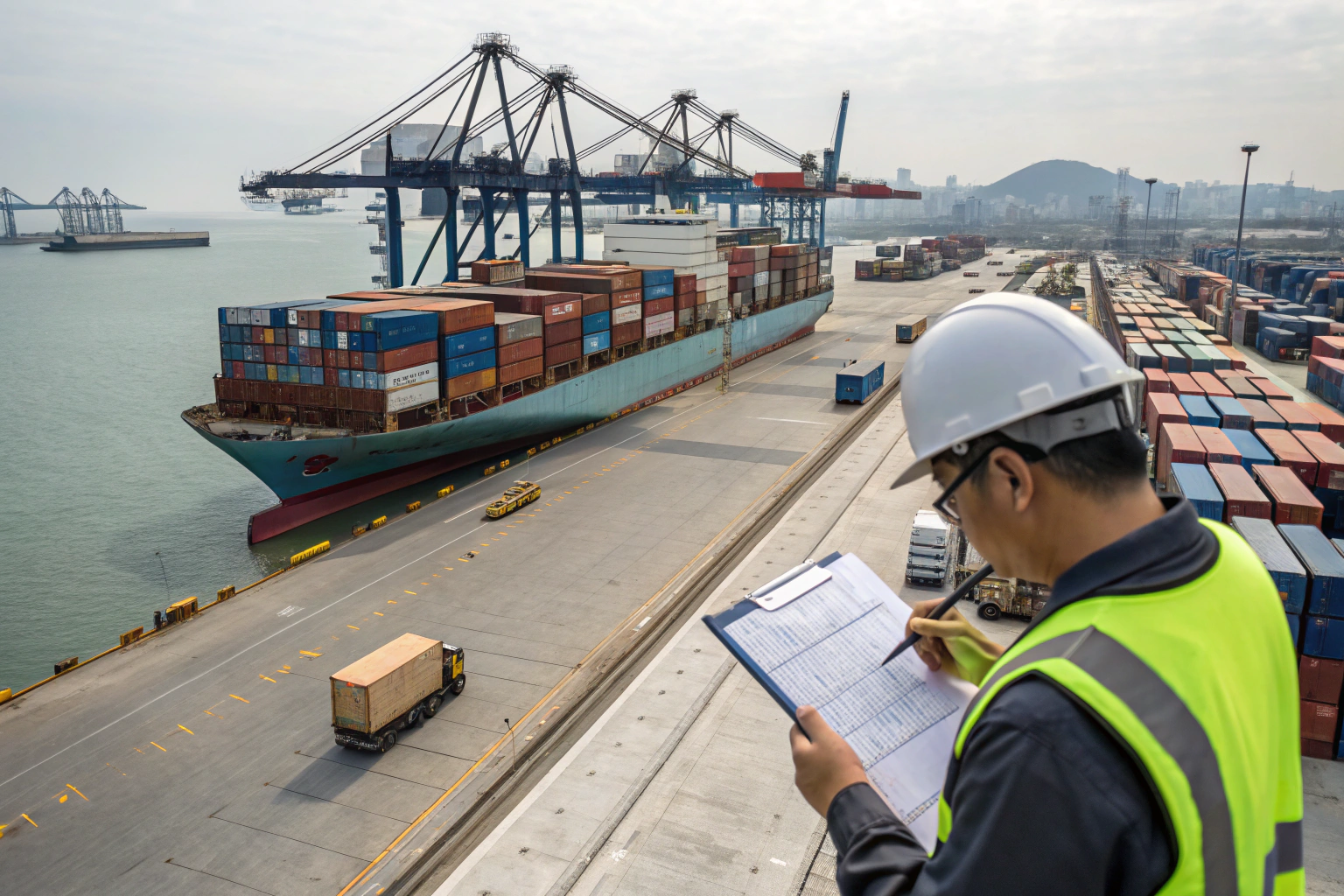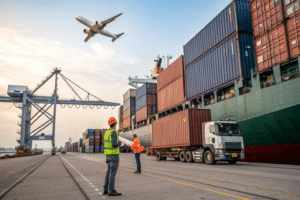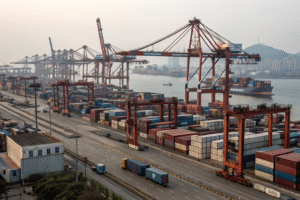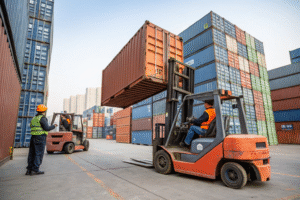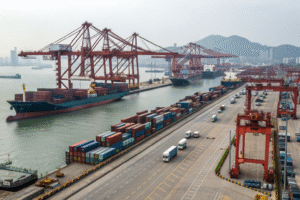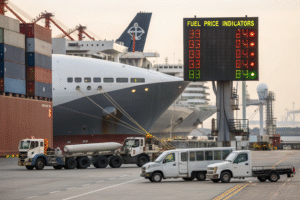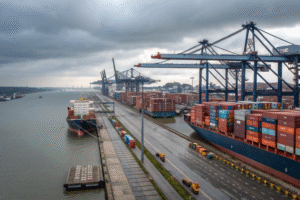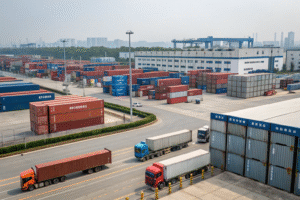When sudden geopolitical tariffs hit—such as the recent 50% US tariff on Indian imports—importers across Asia feel the shock. These measures don’t just impact sourcing decisions; they directly influence the cost, scheduling, and risk profile of both LCL (Less than Container Load) and FCL (Full Container Load) shipping.
For US buyers moving goods from Asia, understanding the interplay between tariffs and freight mode selection is critical to maintaining margins and delivery reliability.
At GeeseCargo, we’ve guided clients through tariff disruptions by optimizing between LCL and FCL to fit shifting cost structures and supply chain realities. Here’s what you need to know.
How Do Tariffs Disrupt LCL & FCL Economics?
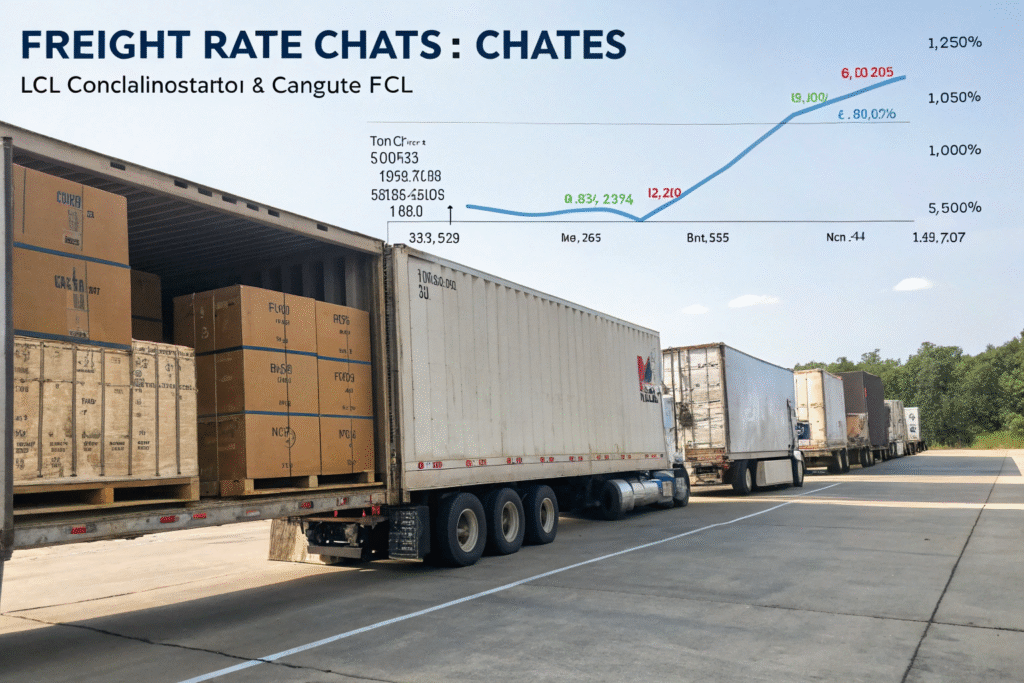
Tariffs increase landed cost, but the way they affect LCL vs. FCL is different. FCL rates are tied closely to container availability and fuel costs, while LCL rates depend heavily on consolidation demand and per-cubic-meter charges.
When tariffs shift sourcing from one country to another—like India to China—both modes can experience sudden demand swings.
LCL Impacts
- Higher per-unit cost sensitivity: Smaller shipments feel tariff cost increases more acutely.
- Consolidation delays: Sudden origin shifts can cause longer wait times for enough volume to fill a shared container.
- Documentation complexity: Multiple shippers in one LCL container increases the risk of customs holds.
Read more on LCL basics and risks.
FCL Impacts
- Better rate leverage: If you can fill a container, you spread tariff and freight costs over more units.
- Faster throughput: Less handling compared to LCL, reducing inspection risk.
- Volume volatility: Tariff-driven production shifts can create short-term container shortages at specific ports.
See Maersk’s FCL rate updates.
LCL vs. FCL Shipping Under Tariff Impact
| Factor | LCL (Less than Container Load) | FCL (Full Container Load) |
|---|---|---|
| Tariff Cost Sensitivity | High – cost per CBM rises sharply when duties increase | Lower – duties spread across entire container volume |
| Customs Risk | Higher – multiple shippers increase chance of inspection | Lower – single shipper, less document complexity |
| Transit Time | Often longer – waiting for consolidation slots | Faster – direct departure once container is loaded |
| Flexibility for Small Orders | Excellent – ideal for low-volume or test shipments | Poor – cost-inefficient for small volumes |
| Port Congestion Impact | Higher – consolidation delays add to port dwell time | Lower – priority in loading/unloading |
| Best Use Case | Small, irregular shipments from multiple suppliers | Large, regular shipments from one or few suppliers |
| DDP Advantage | Fixed per-CBM landed cost even with tariffs | Locked full-container price with duties included |
Tip: During tariff volatility, importers often shift smaller orders to LCL DDP for cost control, and move high-volume SKUs via FCL DDP for speed and stability.
How Do Shifts from India to China Affect LCL/FCL Capacity?
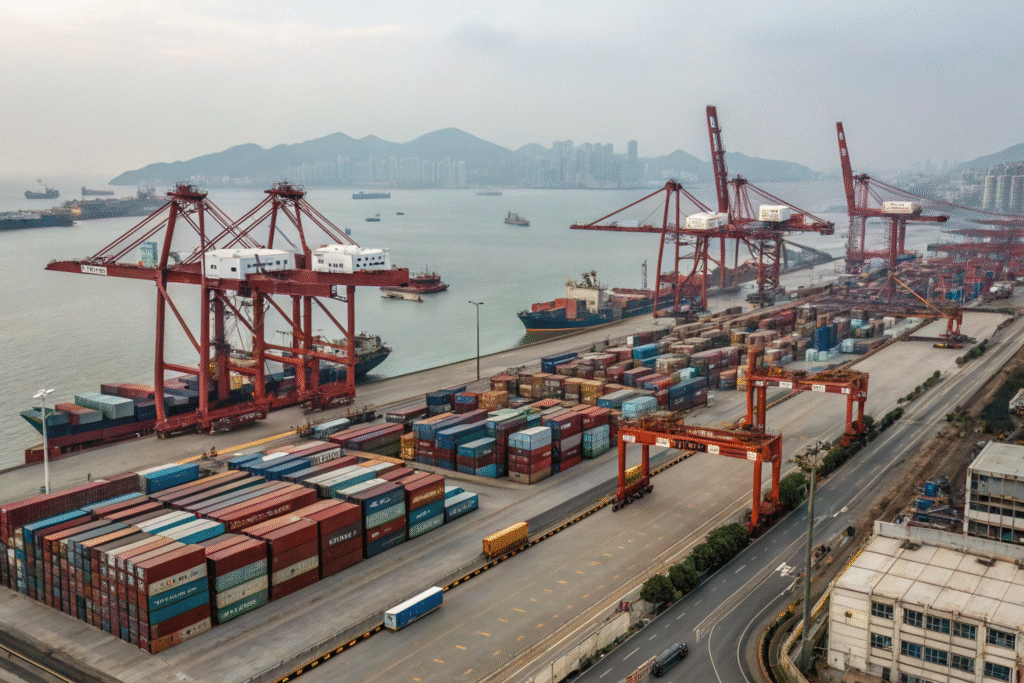
When US buyers reallocate sourcing from India to China, container flows change rapidly. Chinese ports, already high-volume, must absorb extra shipments—pushing up both LCL and FCL demand.
If you time your bookings well, you can secure better rates and avoid congestion penalties.
Immediate Effects
- LCL bottlenecks: More exporters competing for the same consolidation slots.
- FCL scheduling pressure: Increased bookings from China to the US West and East Coasts.
We recommend booking at least 3–4 weeks in advance for both modes during peak post-tariff shifts.
Long-Term Effects
- Consolidators may add more LCL departures from major China ports (e.g., Ningbo, Shenzhen).
- Carriers may redeploy FCL capacity from other Asia lanes to China-US routes.
Follow Freightos Baltic Index for rate trends.
How Can DDP Services Stabilize LCL & FCL Under Tariffs?
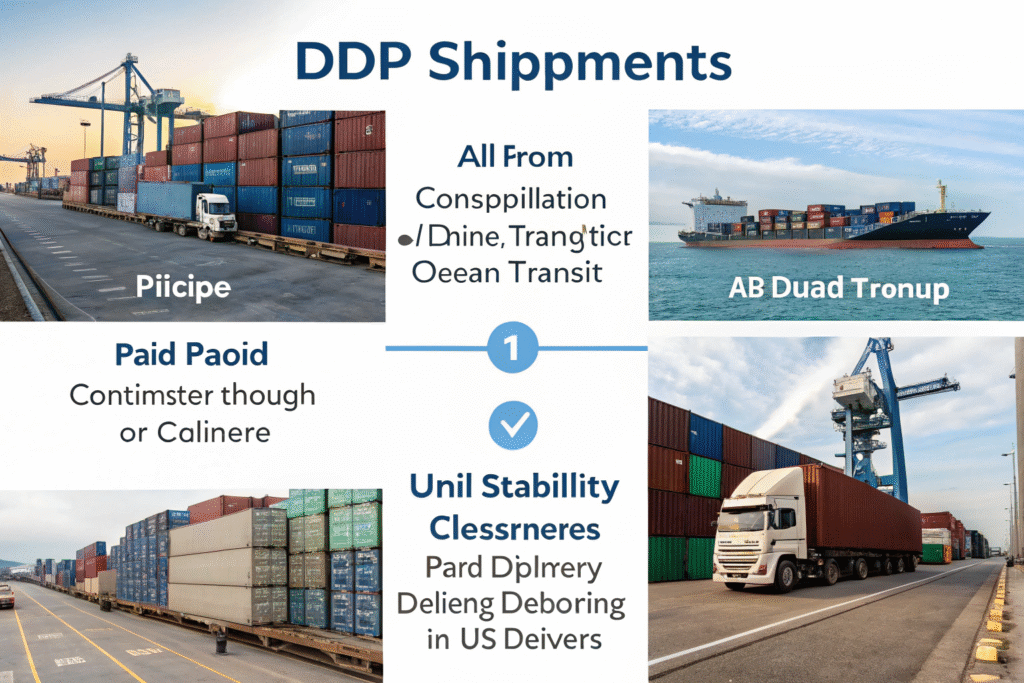
Delivered Duty Paid (DDP) is one of the most effective ways to remove tariff unpredictability from both LCL and FCL shipping. Your freight forwarder handles all duties, customs, and delivery in a single, fixed-cost package.
This allows you to focus on mode choice (LCL vs. FCL) based on volume and timing, not customs risk.
Benefits for LCL
- Clear per-CBM landed cost with duties included
- Lower risk of customs delays from mixed-shipper containers
- Pre-cleared documentation before consolidation
Benefits for FCL
- Locked all-in container price
- Faster port release since customs is handled pre-arrival
- More predictable transit time for high-volume goods
More about DDP advantages.
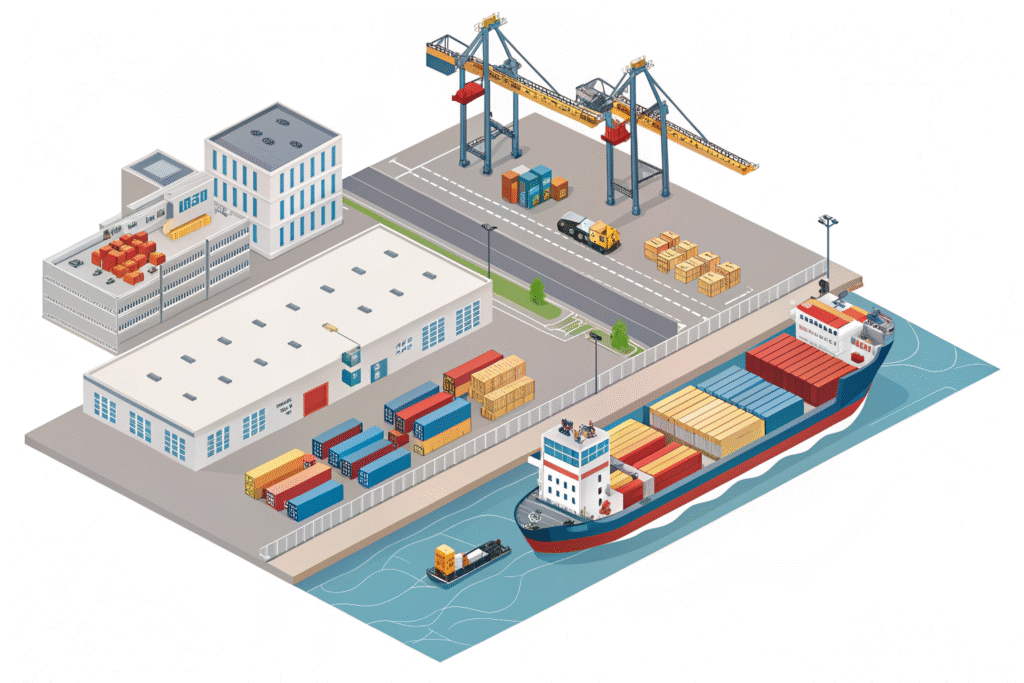
Mode Selection Tips During Tariff Disruptions
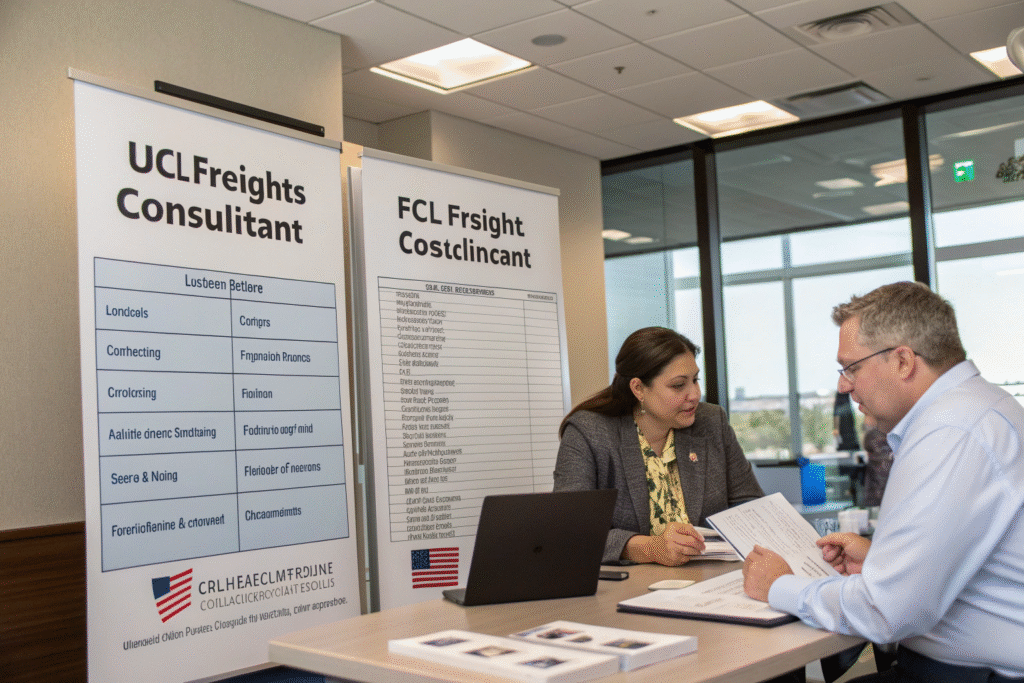
Choosing between LCL and FCL during tariff turbulence depends on more than just shipment size—it’s about cost stability, urgency, and customs complexity.
When to Choose LCL
- Small or irregular shipment volumes
- Diverse suppliers sending partial loads
- Products with low duty risk or high turnover
When to Choose FCL
- Steady, high-volume orders
- High duty rates where cost spreading matters
- Seasonal launches with fixed delivery windows
We can prepare a tariff-adjusted mode analysis for your next shipment.
Conclusion
Geopolitical tariffs like the US-India hike are more than a sourcing issue—they ripple through every stage of freight planning. For US importers, knowing how tariffs change the balance between LCL and FCL shipping is essential for cost control and on-time delivery.
With GeeseCargo’s DDP-enabled ocean freight from China, you can navigate tariff shifts confidently—whether you’re moving consolidated LCL cartons or full FCL loads.
Contact Ben Zhu at benzhu@geesecargo.com to get a customized LCL vs. FCL cost analysis under current tariff conditions.
